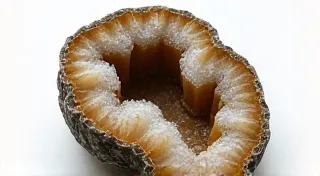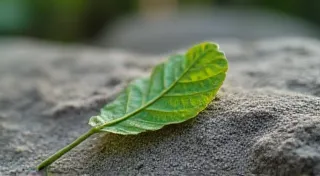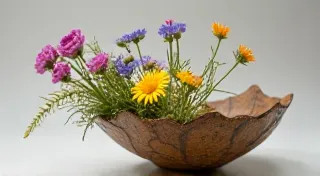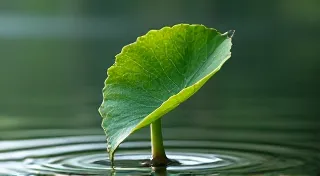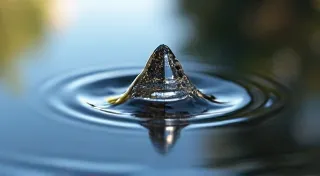Shadows of the Handle: Shaping Form Through Subtraction
There’s a quiet intimacy in holding an antique accordion. The cold, worn metal against your fingertips, the faint scent of aged leather and wood—it speaks of hands long gone, of dances and laughter, of journeys taken and stories told. Holding one, I'm reminded of my grandfather, a quiet man of few words but a craftsman in every sense. He didn’t carve wood, but he repaired old clocks, meticulously restoring their intricate mechanisms. He always said the key was understanding the essence of the thing, knowing what made it tick, and patiently coaxing it back to life. That sentiment, I’ve found, applies just as powerfully to penknife whittling.
Penknife whittling, at its heart, is an exercise in subtraction. We begin with a block of wood, often simple and unassuming, and through a series of carefully considered cuts, we reveal a form hidden within. It's a paradoxical process; creation through loss. Unlike sculpting with clay, where you build up, we's removing, unveiling. This inherently demands a different kind of mental discipline, a constant assessment of what *not* to do.
The Whisper of the Grain: Understanding the Material
Before a single cut is made, it's vital to understand the wood itself. Each piece has a grain – the direction of the fibers – that dictates how it will respond to the knife. Working with the grain, the fibers gliding smoothly under the blade, yields clean cuts and predictable results. Cutting against the grain, however, can lead to tear-out, a frustrating splintering that ruins the surface. Recognizing this, anticipating the wood's resistance, is the first step toward control.
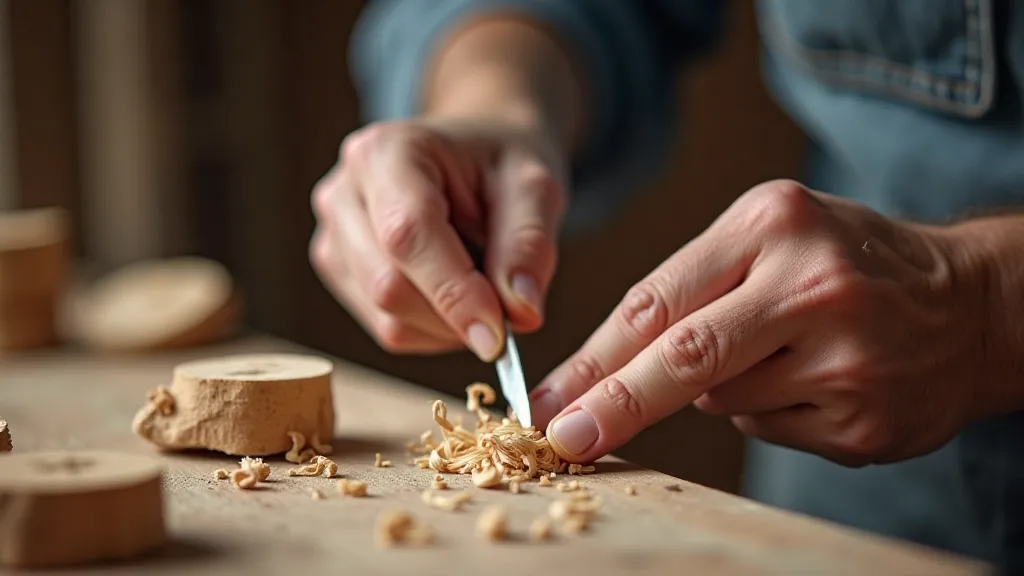
The choice of wood is also crucial. Softwoods like basswood and butternut are ideal for beginners, forgiving and easy to carve. Hardwoods like cherry and walnut offer greater detail potential, but require more experience and a sharper blade. The inherent beauty of the wood itself plays a large role, too. A piece of curly maple, with its swirling patterns, can inspire a carving in a way that a uniform piece of pine simply can’t. The deeper one delves into understanding wood, the more you appreciate the artistry involved – a discipline that extends far beyond just cutting; it's a legacy, and it begs the question: how do we ensure these preserving traditions endure?
Visualizing the Form: The Mental Blueprint
The most significant difference between a skilled whittler and a novice lies not in the sharpness of the knife, but in the clarity of their vision. A beginner might focus on the immediate cut, on the physical act of shaving off a sliver of wood. A seasoned carver, however, is constantly referencing a mental image—a three-dimensional blueprint of the final form. This isn's a static picture; it's a dynamic representation, evolving with each cut. It’s about seeing the shape *within* the block of wood, and understanding how each removal brings that vision closer to reality.
This ability to visualize often comes with experience. It's honed through countless hours of practice, through observing the subtle shifts in light and shadow that reveal the underlying form. It's a skill that transcends the technical aspects of carving; it's about developing an intuitive understanding of spatial relationships and how they translate into a three-dimensional object.
The Art of the Push Cut: A Gentle Approach
The "push cut," a fundamental technique in penknife whittling, exemplifies this gentle, controlled approach. Instead of forcefully sawing through the wood, you use a controlled pushing motion, using your thumb as a fulcrum to guide the blade. This allows for incredibly precise removals, enabling you to shape the form with remarkable accuracy. It’s about feeling the wood respond to the pressure, about letting the blade do the work, rather than forcing it. It’s a quiet process, a meditative dance between the hand and the wood.
The beauty of this technique isn't just in the precision it affords; it's also in the inherent safety it provides. Aggressive sawing motions are not only less accurate but also much more likely to result in accidental cuts. The push cut encourages a slower, more deliberate pace, allowing you to maintain control and focus on the task at hand. It is a slow, deliberate process— a deliberate attempt at connecting to nature, which demands respect for the medium.
Understanding Negative Space: The Silent Carving
Another vital consideration is understanding "negative space"—the areas *around* the form you're creating. Just as a sculptor considers the air that flows between a statue's limbs, a whittler must be aware of how the surrounding wood defines the shape of the emerging form. Sometimes, the most significant shaping occurs not through direct cuts, but through careful removal of the wood around the object. It’s an indirect method, but often the most effective.
This concept echoes the restoration of antique accordions. Often, the original bellows were damaged or warped. A skilled restorer doesn't simply replace them; they carefully shape and manipulate the existing material, preserving as much of the original fabric as possible. It’s a testament to the understanding of the material and the artistry of subtle manipulation. A good accordion restorer understands the history of the instrument and takes great care to preserve its integrity. The precision and thought involved in such endeavors isn't merely about shaping form; it's about mastering negative space to truly reveal what lies within.
From Rough Block to Refined Form: The Iterative Process
Penknife whittling is rarely a linear process. It’s an iterative cycle of shaping, assessing, and refining. Each cut reveals new details, challenges preconceived notions, and prompts adjustments to the mental blueprint. It requires patience, resilience, and a willingness to abandon ideas that don’t serve the final form.
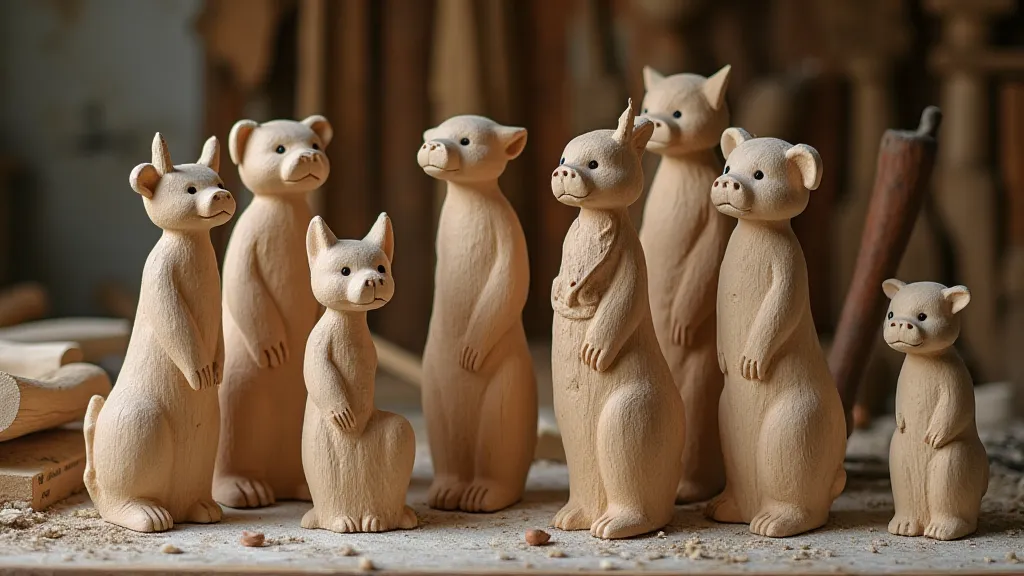
The interplay of intention and the natural characteristics of the wood creates a dynamic and unpredictable journey. Sometimes, a perceived flaw in the wood becomes the very element that defines the carving's character. This acceptance of the unexpected is what separates a competent whittler from a truly observant artist.
The Weight of History: Accordions and Craftsmanship
My grandfather’s work on clocks, and the meticulous care I see in antique accordion restoration, constantly remind me of the profound connection between craftsmanship and history. These objects aren't merely functional; they're tangible links to the past, each bearing the mark of countless hands that shaped and maintained them. The slight imperfections, the subtle wear patterns—these aren’t blemishes; they’re stories etched into the material.
Consider the intricate workings of an accordion – the bellows, the reeds, the keys – all orchestrated to produce a symphony of sound. Each component relies on the skill of a craftsman, the precision of a tool, and the understanding of a complex system. The process, I believe, mirrors the process of creating anything worthwhile – it requires patience, discipline, and a deep appreciation for the materials and techniques involved. This commitment to preserving the essence of an object, to coaxing it back to life, embodies a timeless spirit of ingenuity and dedication.
Beyond the Blade: Finding Meaning in the Process
Ultimately, penknife whittling, like any craft, is more than just a set of techniques. It’s a meditative practice, a form of self-expression, and a connection to something larger than oneself. The focused attention required to shape a piece of wood can be incredibly therapeutic, allowing one to escape the distractions of the modern world and reconnect with the simple joys of creation. It’s a reminder that true artistry lies not in the finished product, but in the journey of discovery.
The act of carving, of patiently removing slivers of wood, can be profoundly rewarding. It's a process that encourages introspection, allowing one to contemplate the nature of form, the beauty of imperfection, and the enduring power of human creativity. It’s a quiet conversation with the wood, a dance between the hand and the material, resulting in a creation that is both functional and aesthetically pleasing. As we strive to create something lasting, we also discover something profound within ourselves.
